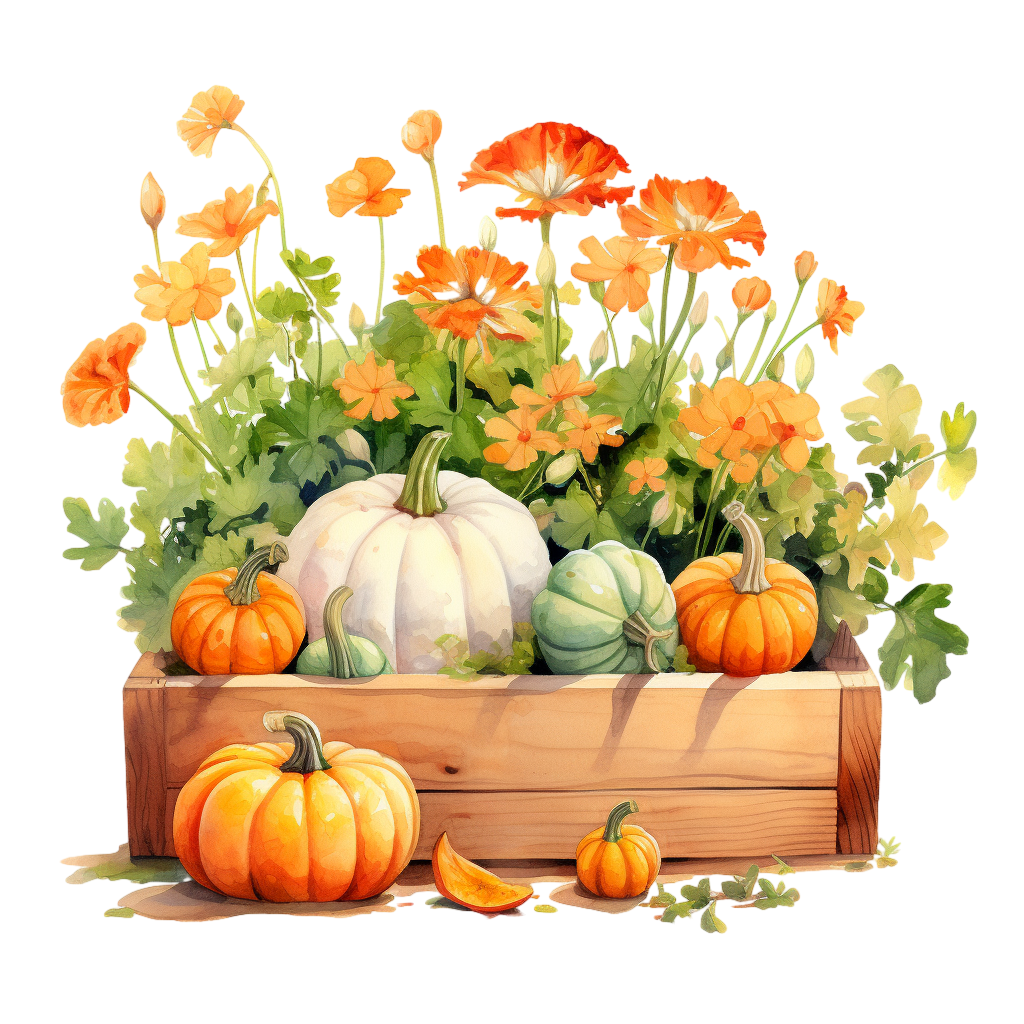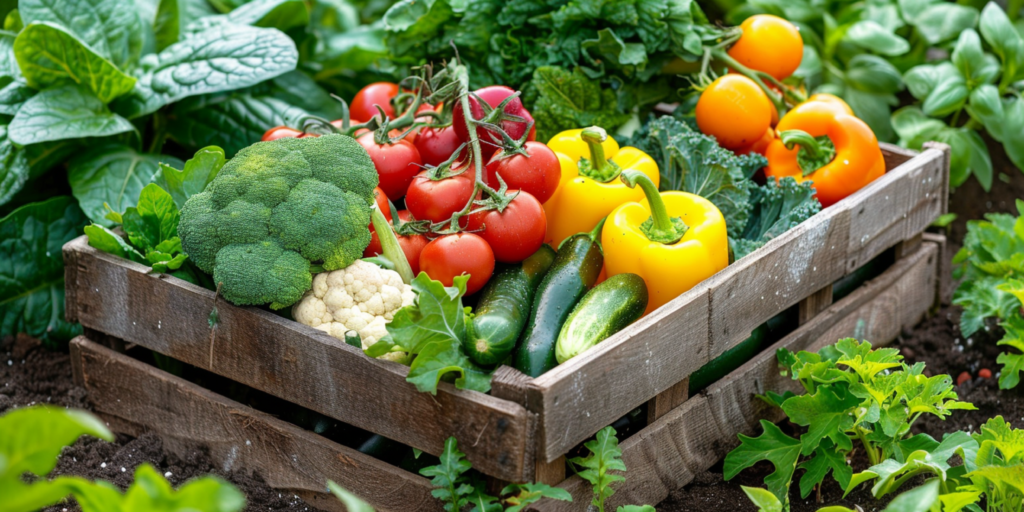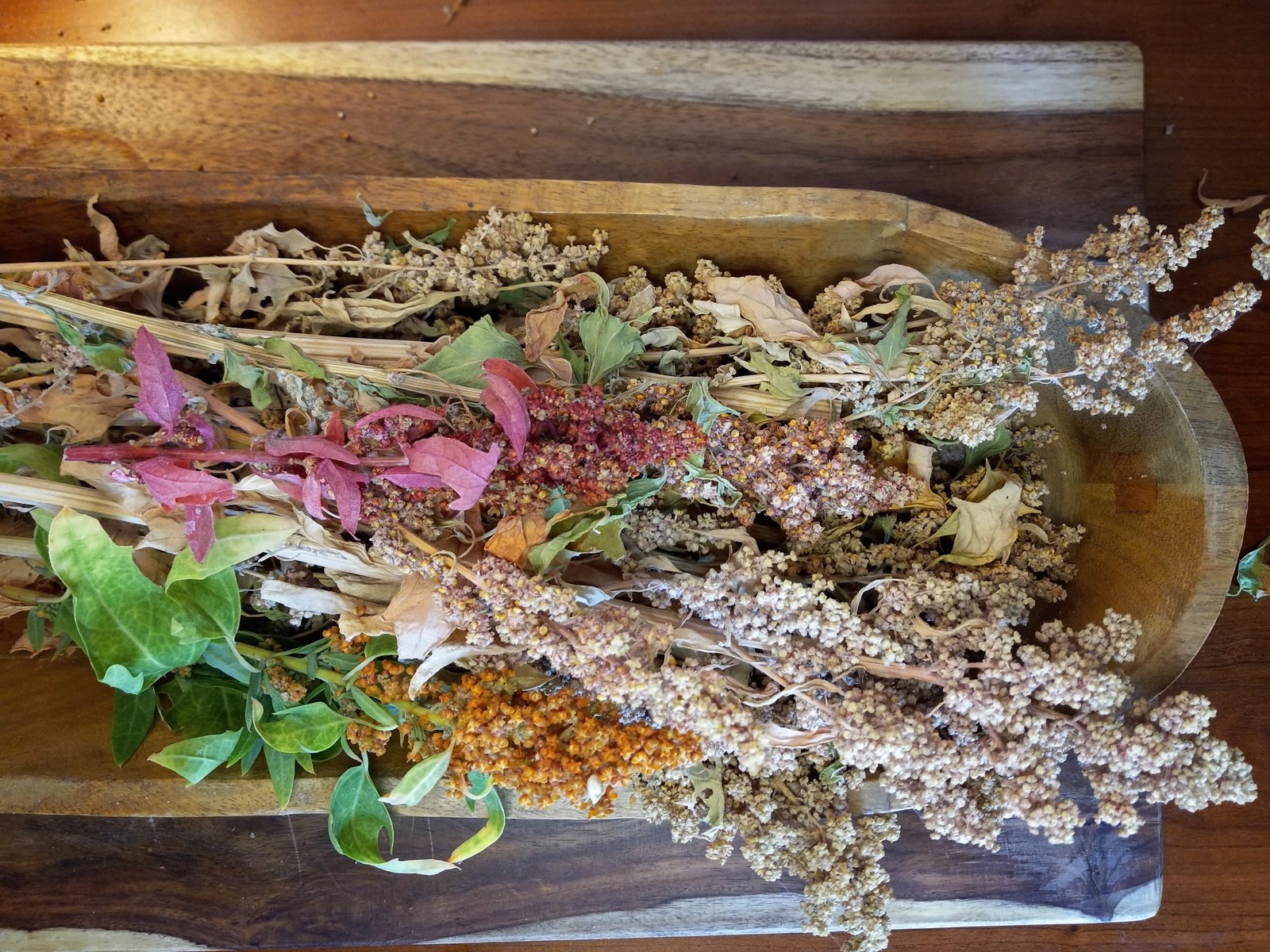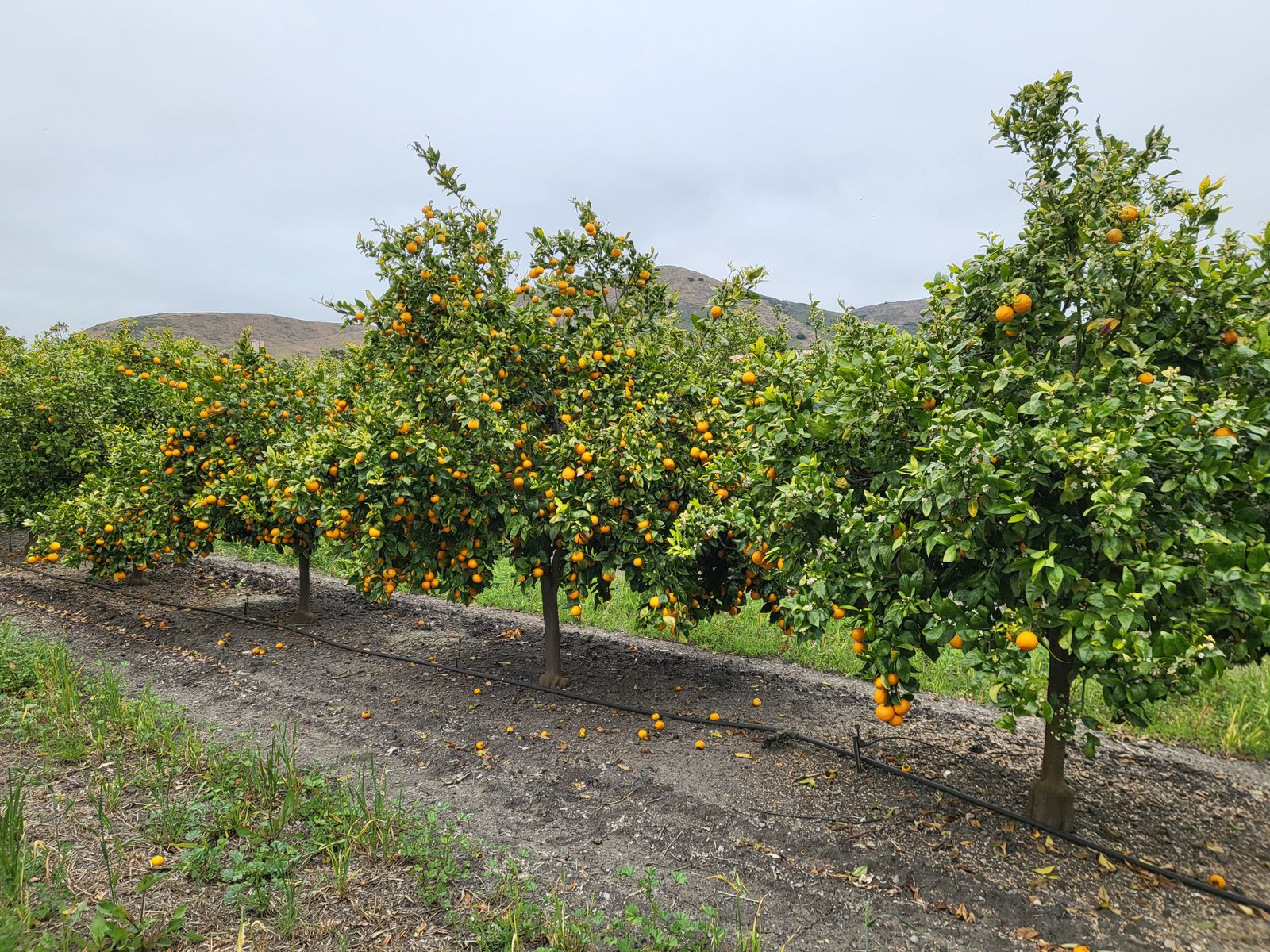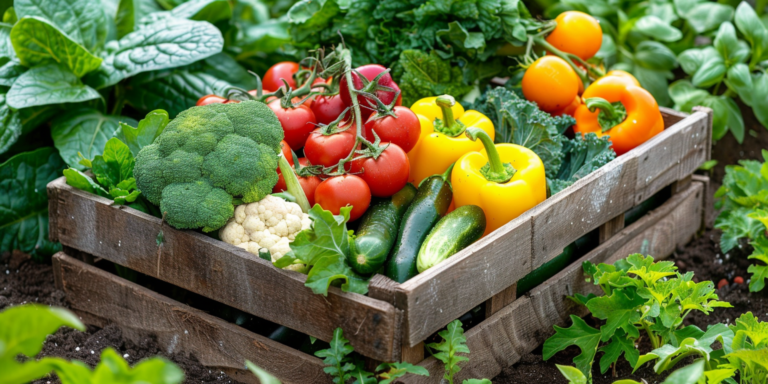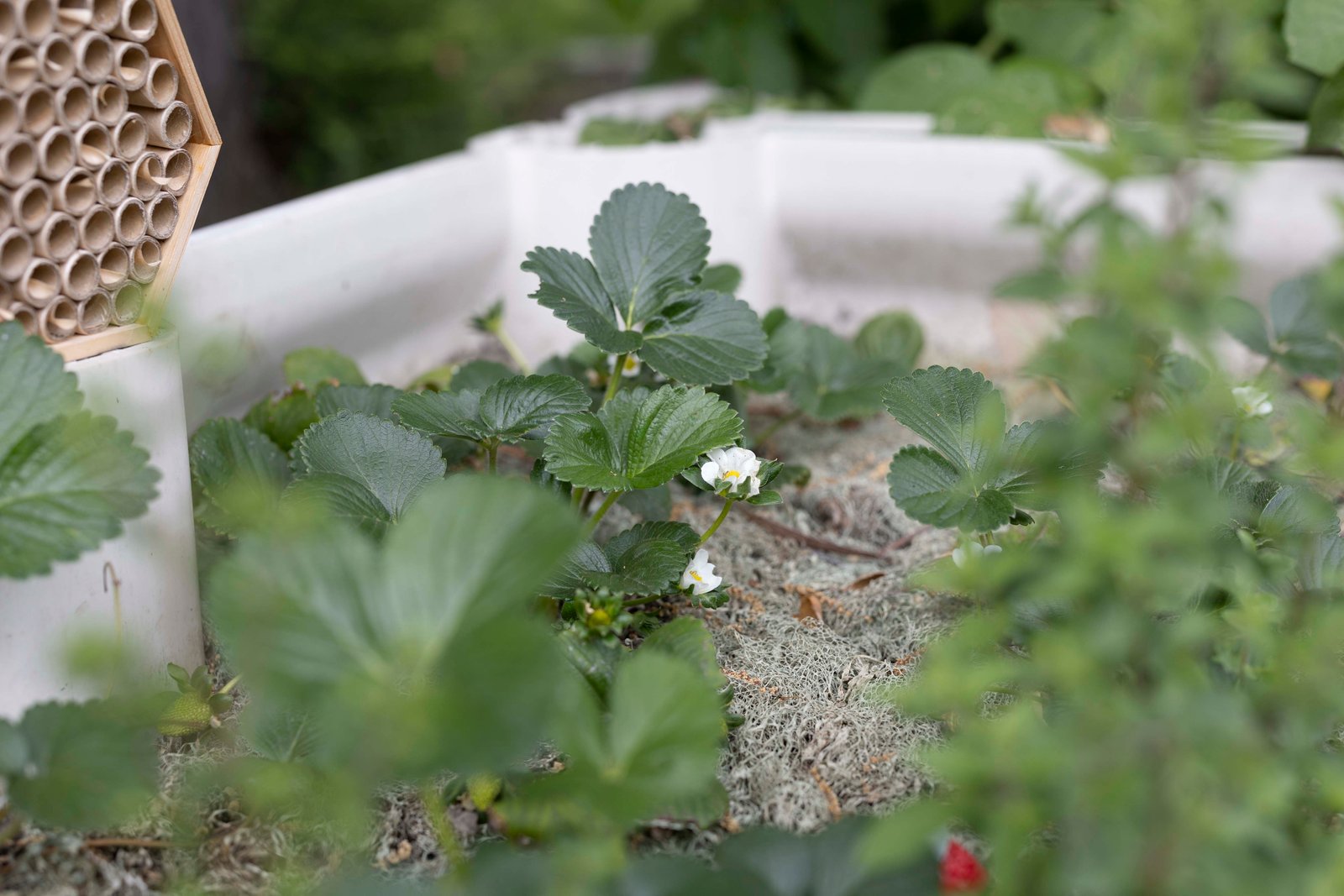Building Your Garden
Now that you have a plan, you’ll be building your garden. There are many options for what to plant your seeds or seedlings in ranging from absolutely free to hundreds of dollars or more. Choose what’s right for you. You can always update things later. The goal is to start. Starting is always the hardest part. Building the garden is fun and really rewarding.
Pots
Potted plants are great for building your garden. Whether your garden is made up of just a few pots or consists entirely of pots, you’ll need at least a few.
If you’re on a budget, there are some great free or low-cost options. Sometimes, nurseries will have some extra pots (those black ones with holes in the bottom) and they’ll let you have them for free. Food containers can even work in a pinch for smaller plants or starting seeds. Large yogurt containers are a popular choice.
Thrift stores often have a wide selection of pots to choose from that are a bit more stylish than the black plastic ones at nurseries.
Box stores have the greatest selection at the highest price. Most have a wide range of options from terracotta pots all the way up to ornate, concrete pots. Expect to pay a premium price for a premium pot at any box store or specialty business.
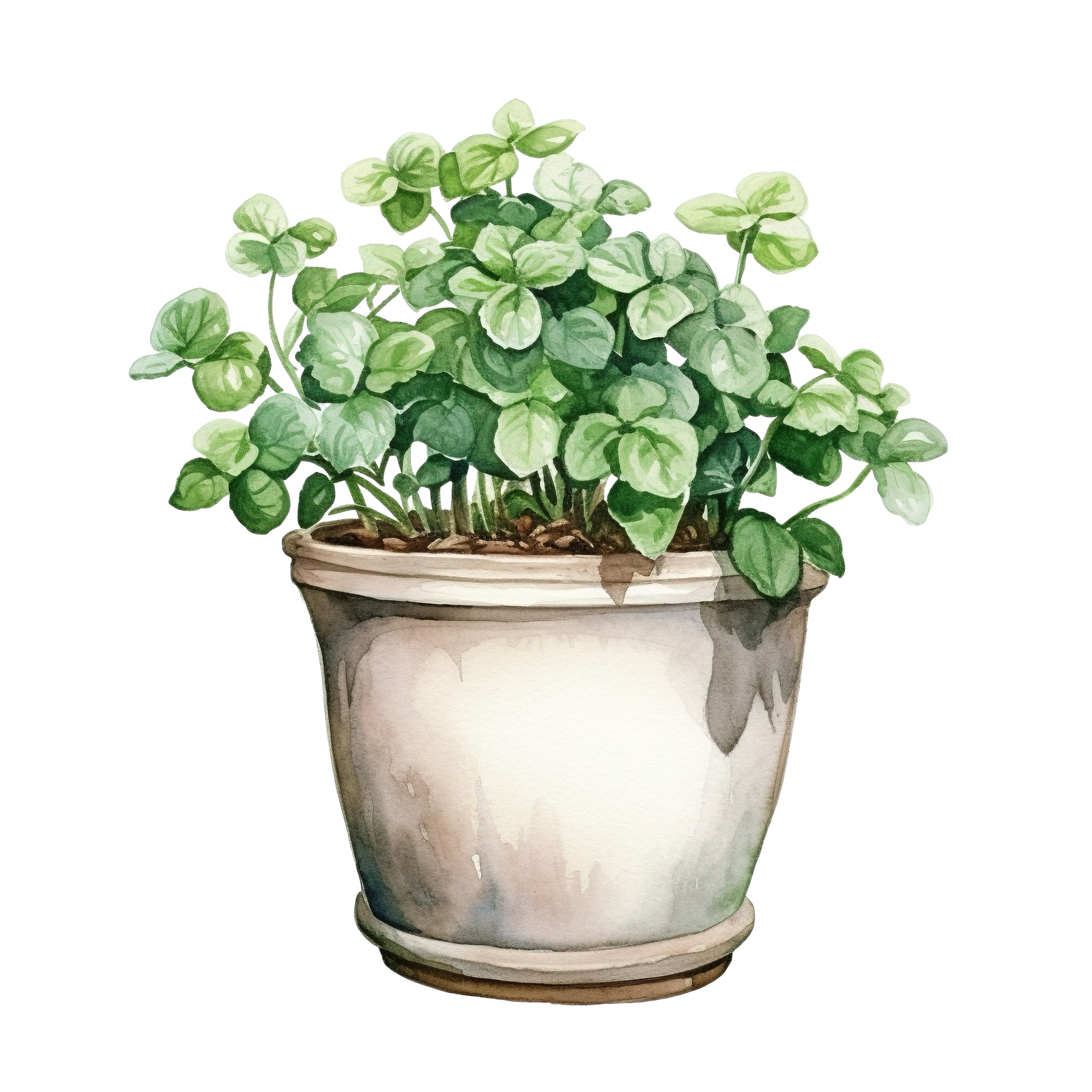
Why Choose Pots?
I’ve slowly gathered decorative pots over the years and now I use several in my garden for herbs and weeds. Sometimes, I’ll start some plants in one of the pots to see how it does and plant it on the main garden later. Currently, I’m starting some kiwi seeds in a small pot to get them going. Once I see that they are doing well and the weather cooperates, I’ll plant them along one of the fences in my yard.
I do something similar with any cuttings that I’m trying to cultivate. Blackberries do well when I cut some of the main blackberry canes and put them in a pot to root. Within a few weeks, when I see new growth, I’ll transplant them to the main garden area.
Starting the plants in pots makes it easier for me to give the new plants the added care that they need. The plants in my garden that are well-established don’t need much water, but new, tender plants need plenty of water. I’ll also move them out of the sun during the harshest days so they don’t get scorched. My older plants don’t need this level of care, so I don’t need them in pots.
Weeds and mint are the other things that I grow exclusively in pots. I’ll talk about the weeds I grow and why on another day, but mint is especially good to grow in pots. Almost all varieties of mint spread very easily and quickly. Since they can easily take over your garden, it’s best to plant them in pots.
Good Things to Grow In Containers
Plenty of fruits and vegetable will happily grow in containers, so if you are limited on space, don’t feel like you’re limited on options.
These lists are plants that will thrive in containers just as much as if they are in the ground or in raised beds. Even if you have enough land for building your garden, you may choose to plant in containers while you test out layouts or see what food you like to grow.
Vegetables
Fruits & Herbs

Planters
Planters can be one of the most expensive things in your garden. Luckily, there are a couple of free options. The first one will require a bit of work, but free wood is worth it. Using pallets is a great way to save money when building your garden. You can either leave the pallets fully assembled and plant between the slats or you can disassemble them and use the wood to build raised beds.
The second free option can be very difficult to come by, but definitely worth searching for. Agricultural areas will often have 4-foot, food grade, plastic bins to hold the produce. Wineries are well-known to have these bulk bins. If you can find a business that is willing to give you their broken bins, this can be a huge cost-saving strategy.
If you’re building your own planters, you can choose to build your own design or even buy kits to build your raised beds. Wood is most commonly used, but metal and plastic are also options. Livestock water troughs can be a stylish option, but you’ll pay a lot for them. Wood can be less expensive and is fully customizable since you’ll be building it yourself.
If you’re looking for some quick, easy raised planters, these ones on Amazon are a cost effective option.
Fencing
Fences can be extremely useful in your garden. Deer will quickly eat all your hard work in just a few hours while you sleep. Chickens have this same super power during the day, but with even more destruction. Your fence can be as simple as unrolling plastic fencing between trees or as complicated as chain link or even a traditional board fence. No matter what you choose, you’ll want to get that fence up before planting your garden.
If you’ve never built a fence or don’t want to, a good option can be to purchase a large chain link dog run. These usually come in pre-made panels that you simply attach together to make a pen. Instead of housing a dog, yours could house your garden. This would be effective in keeping out most of the animals that would like to eat your harvest before you get to it and can often be found on Facebook Marketplace or new on Amazon. These would also work great for a chicken run, but I’ll talk more about that in another post.
If fencing is just too much, don’t worry. There are still ways to protect your plants. Rather than having a fence around your entire garden, you could assemble mini fences around each pot or planter or even individual plants. For this, all you need is some netting and a few sticks. Place your sticks around the perimeter of the area you want to enclose and wrap the netting on the outside of the sticks. This creates a mini fence around a very small area. It won’t be a sturdy fence, but it will deter most wildlife and save your plants from being eaten by them. If you find some tomato cages for free or low cost, you could even use those and attach some netting to the outside of them, creating a little fence to protect whatever plant is inside the cage.
Trellises
Some plants will need support as they grow and trellises are great for those. You can easily make a trellis with sticks that you find around the yard. If you have bamboo (like I do), that makes a fantastic trellis because it tends to be very straight.
Your trellis doesn’t necessarily need to be made fully with sturdy materials either. You could simply have two posts on each end and some string between them. A spare section of wire fencing can also be used as a trellis. The possibilities are almost endless.
If you aren’t up for making your own trellis, they can be purchased at big box stores. These are a very attractive option and will likely last a very long time. If you do buy your trellises, plan to spend a bit on them. They aren’t the cheapest things. Some people even custom make trellises and you can find these on Facebook Marketplace or other sites where people can list local items for sale.
Plants that will need a trellis include pole beans, peas, snow peas, cucumbers and squash. The plant you have growing on the trellis will determine how sturdy it needs to be. Squash won’t do well if string is your main trellis, but snow peas might do just fine.
You can also trellis plants simply to save space. Most gardeners let their watermelon grow on the ground, but I like to give mine some support and let them grow up. Watermelon plants tend to take up a lot of space in my garden, so growing them vertically helps save room.

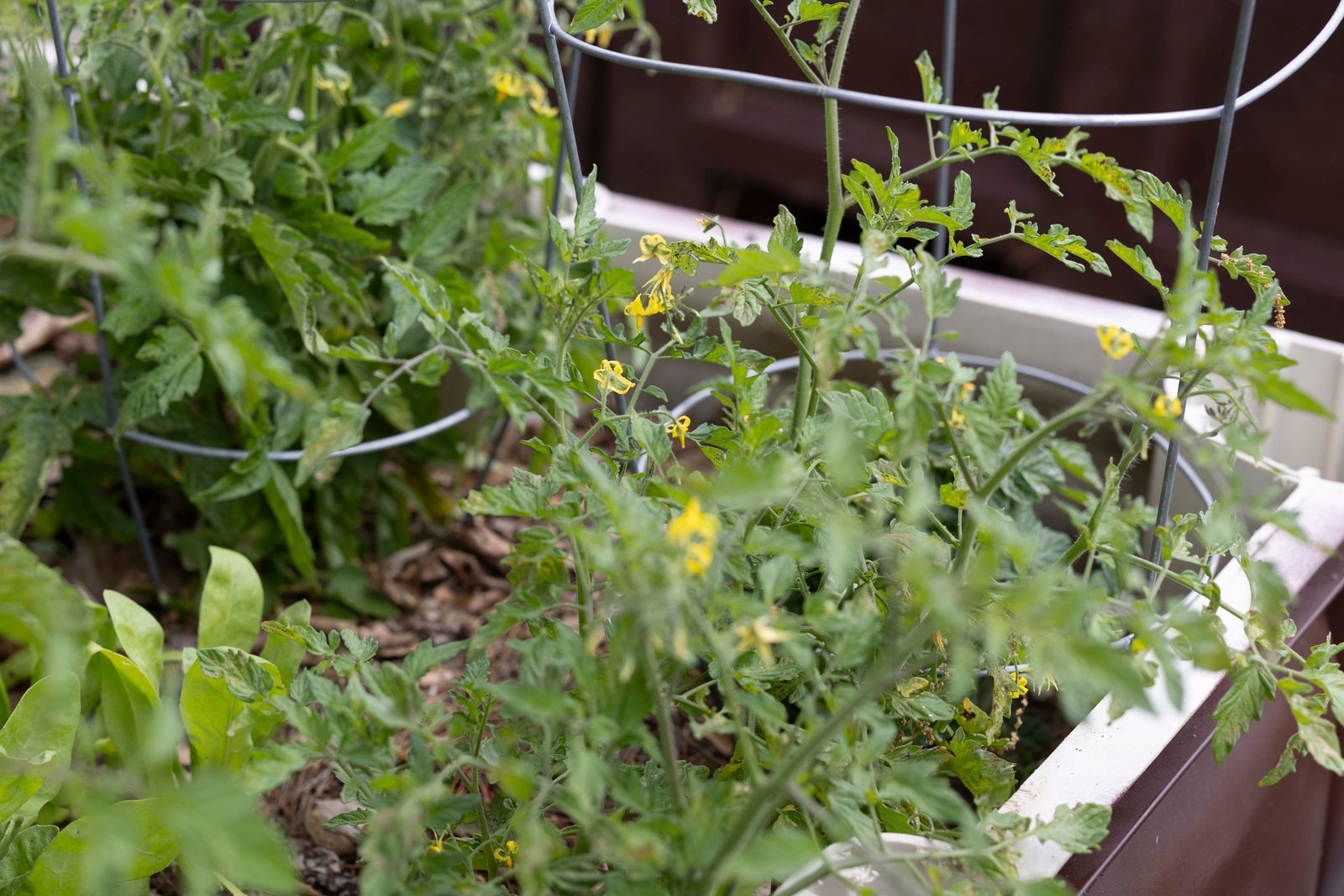
Tomato Cages
Tomato cages are very handy with tomato plants. I’ve used several different types in my garden and I’ve found the best to be the standard round wire hoops you find at the box store. I’ve tried the triangular and square designs found on Amazon, but the plastic clips that hold the sections together break down in the harsh summer sun and become brittle and broken.
These little cages seem huge at first, but tomato plants grow quickly and you’ll soon see why you need them and why they’re so large!
I use tomato cages for my squash and they work quite well. They are sturdy enough to support the weight of my very large squash and watermelon plants. Even my sugar baby pumpkins grow well on tomato cages.
Greenhouses
Greenhouses are a gardener’s best friend, especially when it freezes. I don’t have one in my yard, but I do dream about having one every time I see the one my neighbor has. Talk about neighbor envy! But really, having a greenhouse is definitely not essential but it is helpful. Especially in colder climates, a greenhouse will save your delicate plants from freezing. They are fantastic at holding in moisture and creating the perfect environment for your plants to thrive. Many fruit trees have been saved by the simple greenhouse. I hope you consider a greenhouse when building your garden.
Now that you’ve got your garden built, it’s time to take a step back and admire all your hard work. You did a lot to get to this point and you should be proud of what you created. The best part is that the best is yet to come!
